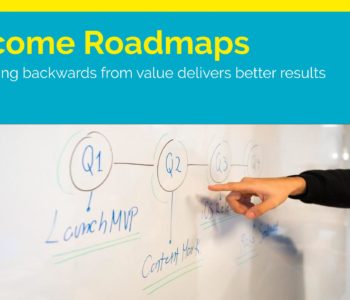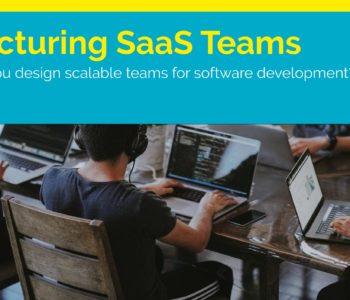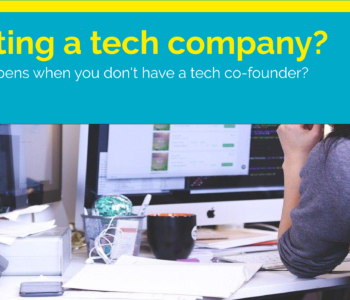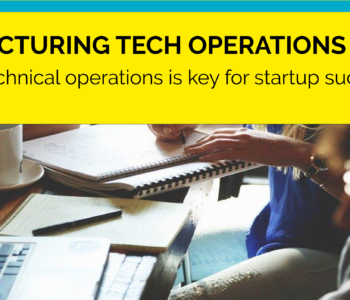 Vision to Value
Vision to Value
Introducing Vision to Value
Today’s entrepreneurial landscape is booming with new ideas, concepts, and technologies. Modern business owners have more options and opportunities than ever before. This leads to startling statistics like the United States Small Business Association estimating more than 600,000 new businesses are launched each year in the U.S. alone. Despite this landscape of opportunity, an average of half a million U.S. businesses closes every year, and those statistics likely mirror the global market, where more than 3 million new businesses launch each year.
At the same time, many of these businesses have more help in the form of seed funding, Angel programs and accelerators than ever before. Most have a minimum viable product, many have a great deal of happy customers, and many are driving a profit. What goes wrong?
Marc Andreeson published “Software is Eating the World” in the Wall Street Journal in 2011 and today, it couldn’t be more relevant. Companies ranging from Amazon to tiny gardening startups are primarily selling software, and some don’t even realize it. More organizations than ever before are now tech companies. Rather than modeling, producing, and selling a single iteration of a project, tech companies must create structure to invest in continuous development and ongoing product delivery.
Developing a Framework for Tech Organizations
In Vision to Value, tech entrepreneur Luis Gomes de Abreu shares his framework for building the structure and foundations to successfully grow a tech company. Based on more than 10 years of experience as COO at Amsterdam-based payrolling company Nmbrs, as well as several ventures with startups like Grappster, the book covers the foundations of tech operations.
Luis began his journey in 2008, as a software engineer. When the opportunity arose to develop a new payroll/HR application, he took it. With limited industry knowledge and no knowledge of operations, he and business partner, Michiel Chevalier, built a new company. Over time, it became clear that if Nmbrs were to grow, it needed a strong structure to drive and support growth. Luis’s responsibilities shifted into operations, where he took on operations, internal operations like onboarding and customer care as well as introducing Agile into the organization. He quickly discovered there were no real solutions that met the needs of his company. He frequently had to create new solutions, reinvent new ideas, and experiment to find the best solution to a problem. He and his organization built everything from the ground up. Nmbrs took the Agile approach of taking small steps, testing everything, and using trial and error to discover the best solutions.
Over time, Luis developed a repeatable, structured framework, which he could apply, tweak to get different results, and control to sustain the quality and speed of software delivery.
Today, Nmbrs serves thousands of customers, who together serve hundreds of thousands of employees. But not every venture has been as successful. Startups like Grappster and WallyLabs helped Luis understand what doesn’t work, giving him the experience to pinpoint problems and why companies fail.
As Luis continued to work in the industry, he rapidly discovered that most organizations don’t have the structure or framework to support growth. Startups are often fronted by people with great ideas, but little knowledge of operational structure, especially for tech companies. As he continued to expand his own business and to experiment with others, he decided to create the Vision to Value Framework for others to use.
The Vision to Value Framework
In Vision to Value, Luis introduces a framework designed to support scaling tech companies. The book compiles the experience and strategy of 10 years of experience at Nmbrs and other organizations, helping business owners to bridge the gap between startup and scaling.
Here, the book introduces an operational model, complete with information on implementation and its impact on the organization. The framework introduces 5 pillars, which Luis uses to support tech organizations.
- Vision and Strategic Plan
- Work Management
- Process Management
- People and structure
- Data and Information Management
Each of the pillars are designed around operational elements Luis found to be essential in tech operations. They can be tweaked and focused on at different levels to achieve different results, but must be balanced to achieve quality output.
These pillars each link to 7 qualities or outputs, which function as objectives and desirable qualities. The framework is intended to allow organizations to produce these qualities, resulting in speed, happy customers, quality budgeting, and others.
The book also balances theoretical and practical information, sharing high-level ideas that must be implemented for your organization and specific technical strategy tips. This applies to designing structure, organizing teams, and structuring the operational model to support growth.







